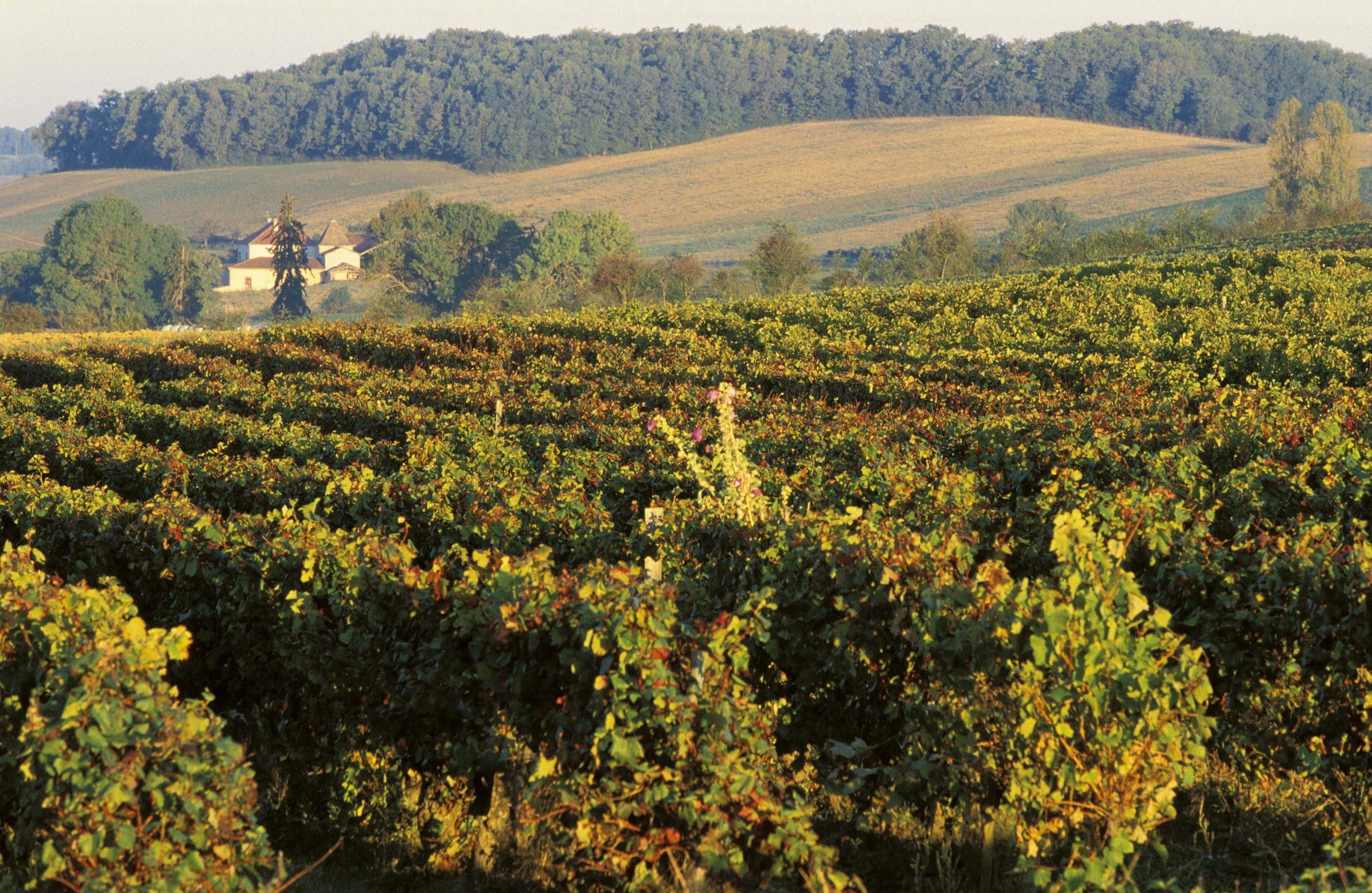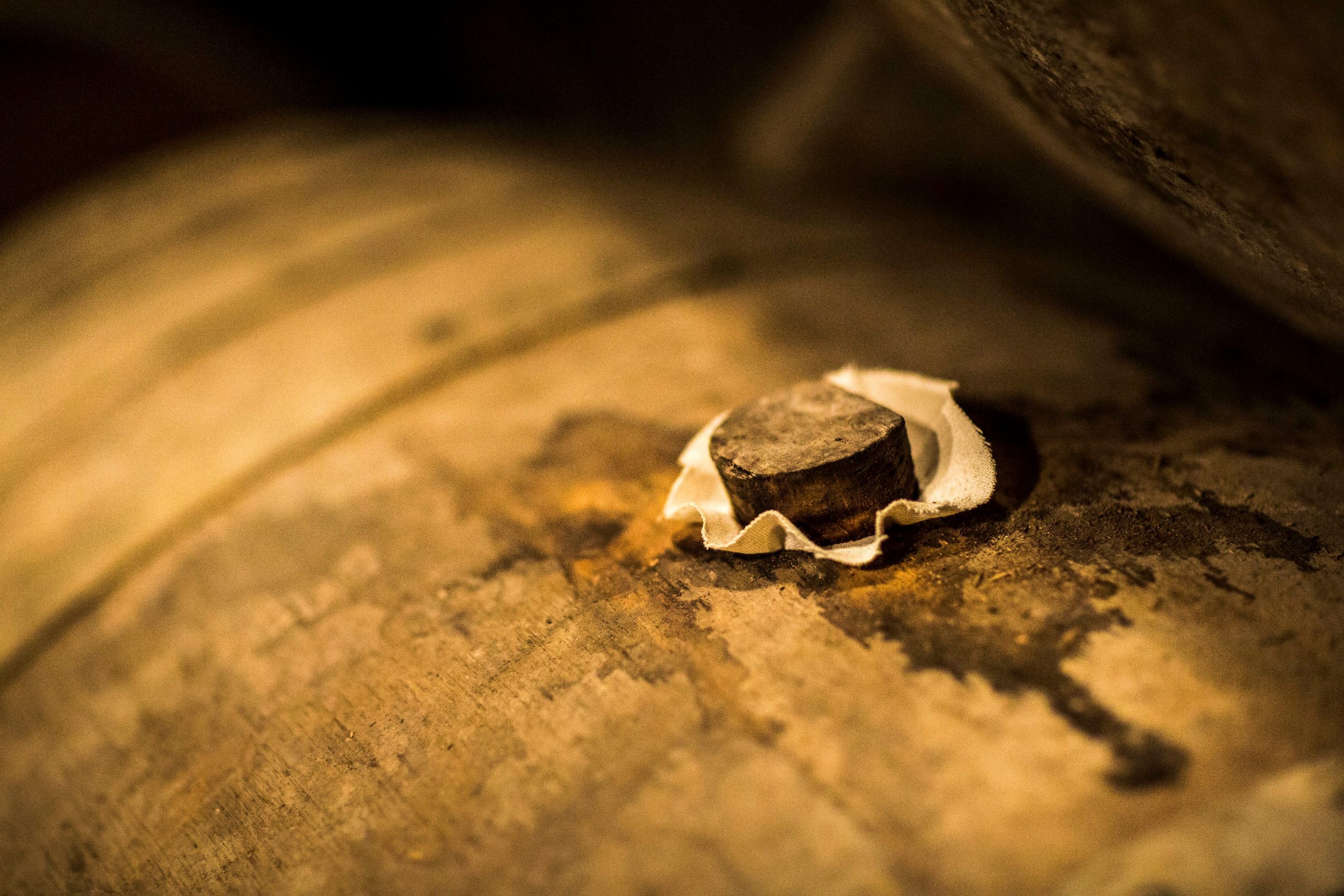Armagnac – the sheer Gaul of it
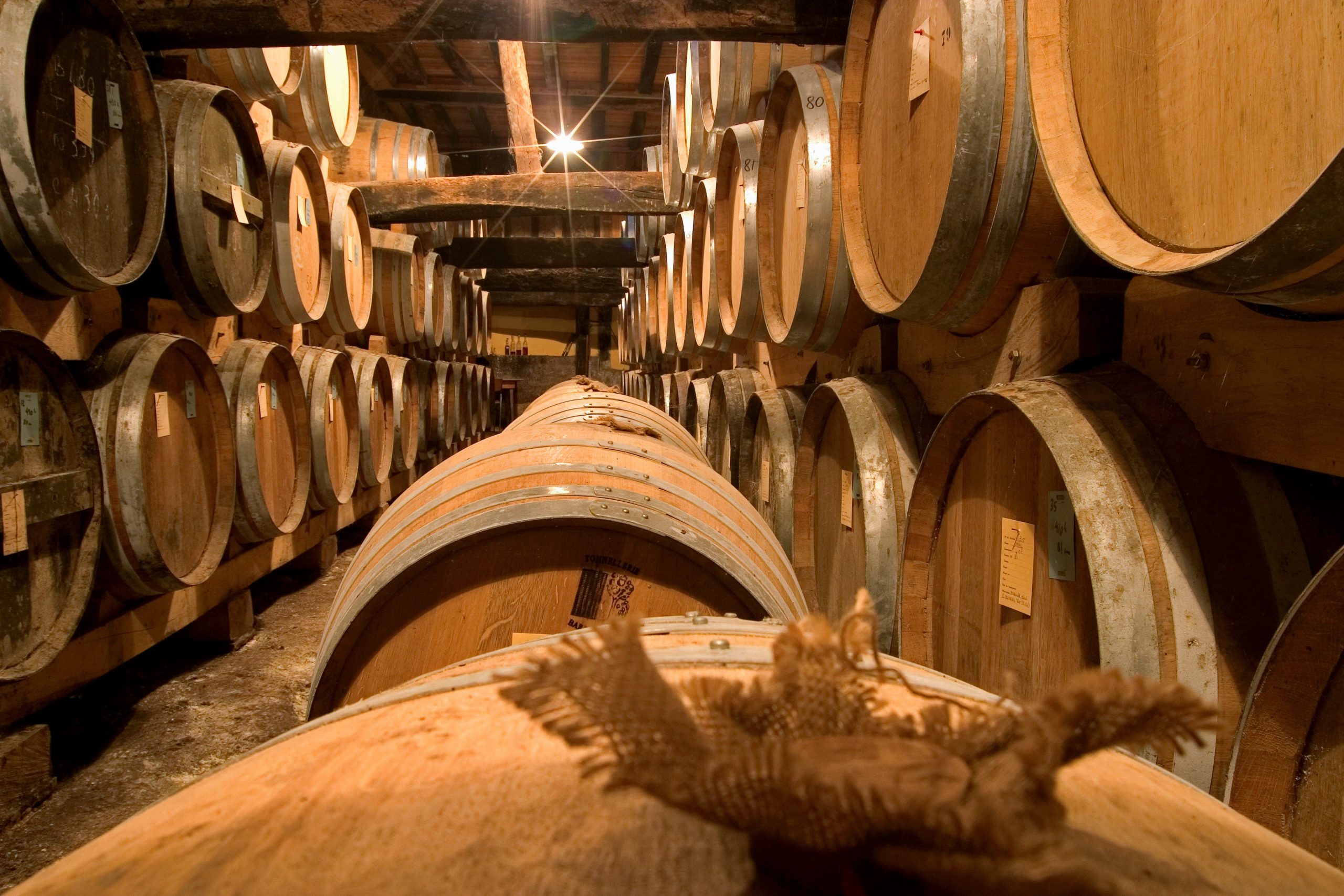
It may come as a shock to the business folk of Shanghai and don’t tell Busta Rhymes, or indeed his heavily armed entourage, but Cognac may not be the best brandy in the world.
In fact, some would say, it’s not even the best brandy in France. The French have been fooling the rest of the world for centuries, fobbing us off with their so-called ‘very superior’ cognac while keeping Armagnac, the oldest French brandy, all to themselves – you’ve got to admire the sheer Gallic gall of it.
Just 2.5% of the 150million bottles of cognac consumed worldwide are done so in France, while less than half of all the Armagnac sold every year, around 6m bottles, is enjoyed abroad.
Sourced as it is, from the land of musketeers, you’d be forgiven for attributing Armagnac’s relative global obscurity to a cloak and dagger conspiracy but more convincing is Cognac’s coastal location.
Armagnac is the spirit of Gascony, an area of idyllic uplifting isolation situated in the south-west of France where there are no autoroutes, ducks outnumber people by 20 to one and the biggest town, Condom (stop it), boasts a paltry population of just 7,000 people.
Cognac’s less ostentatious, older cousin (dating back to 1411), Armagnac is “La France Profonde’ in liquid form. It’s ramshackle, rural and rustic and, in stark contrast to the manicured maisons that control Cognac, it’s steadfastly remained in the delightfully disorganised hands of more than 800 growers.
The Armagancais are mostly made up of smaller growers boasting no more than a few hectares of vines who seldom own their own still. Late every autumn, as the countryside glows a glorious amber and gold, tractors trundle around Armagnac’s rolling hills taking tall copper stills from farm to farm and firing them up in what locals call “La Flamme.”
La Flamme de L’Armagnac, to give it its official name, is an impressive series of Armagnac-induced celebrations and revelry-making to mark the start of distillation throughout the region.
Armed with Olympic-style flaming torches, country folk, ramblers and horse-riders return at dusk from day-long “randonees” gathering in the town square and soon getting down to what the French are really rather good at – eating, drinking and having a party.
Fiercely individual and fabulously French, Armagnac’s producers have never agreed on one-way of distilling their spirit – but therein lies its bucolic beauty. Its grapes are grown on vines which endure colder winters than Cognac, furnishing hardier fruit and a more robust character.
They use a different kind of still too and, unlike their northern counterparts who double-distil, the Armagnacais only have one go at it – resulting in a spirit with more rustic personality/roughness depending on whether you live above/below Bordeaux.
Armagnac tends to be darker, deeper and stronger flavour than the softer more delicate cognac, more supple in body with more fire in its belly and more hairs on its chest. Cognac is to Armagnac as silk is to velvet, it’s the Mezcal to cognac’s Tequila, feisty in youth, earthy in old age and often featuring a funky farmyard finish.
It’s a spirit that lends itself to the local cuisine. Gascony is the go-to place if you want to get gout yet Armagnac serves as a fine foil to Foie Gras and cuts through confit de canard with consummate ease. Pour it over prunes, another local delicacy, and everything should flow just fine. But we digress.
Armagnac doesn’t bling up its bottles, it doesn’t lend its name to lavish horse races and, if you asked the Armagnac producer about hip-hop, they’d probably mutter something about a medical procedure in the pelvic area.
With less money spent on the dark arts if marketing, Armagnac tends to deliver a better brandy for your buck. If you spend the same amount of money on a cognac of the same age then don’t be surprised to discover, beneath cognac’s fur coat of refinement, a distinct lack of underwear.
The Grapes
Armagnac is obtained from the distillation of white wines produced from the grapes Ugni Blanc, Baco and, for a lesser part, Colombard and Folle Blanche. Also authorized are the varieties of: Clairette de Gascogne, Plant de Graisse, Jurançon Blanc, Mauzac Blanc and Rosé and Meslier Saint-François. None of them make particularly good wines.
Interpreting an Armagnac bottle
The age indicated on the bottle always corresponds to the minimum ageing in oak barrels of the youngest eau-de-vie in the blend. However, in practice, the blends are often of an average age well above the legal minimum.
VS, ***
1 year of ageing in wood
VSOP
4 years of ageing in wood
Napoléon, XO
6 years of ageing in wood
Hors d’Age
10 years of ageing in wood
WHAT ABOUT VINTAGES?
The vintage corresponds exclusively to the year of one particular harvest. They rarely reduce the alcohol the eaux-de-vie are often sold at their natural alcohol strength which is generally between 40% to 48% vol.
Share this story
More from Spirit Club
-
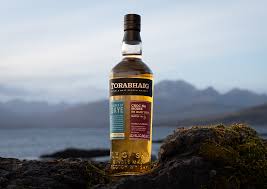
Torabhaig Cnoc Na Moine
Introducing the highly awaited third chapter in the Torabhaig Legacy Series, Cnoc Na Moine. A testament to our distillery’s continuous evolution...
Read more -
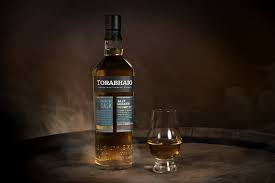
Torabhaig Allt Gleann Batch Strength 61.1%
This release has all the typicity of Torabhaig that you would expect – bonfire smoke, salinity, maltiness, and sweet, vanilla-led...
Read more -
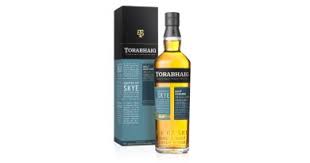
Torabhaig Allt Gleann 46%
Our second release in The Legacy Series, Allt Gleann is named after one of two burns that feed the distillery....
Read more

